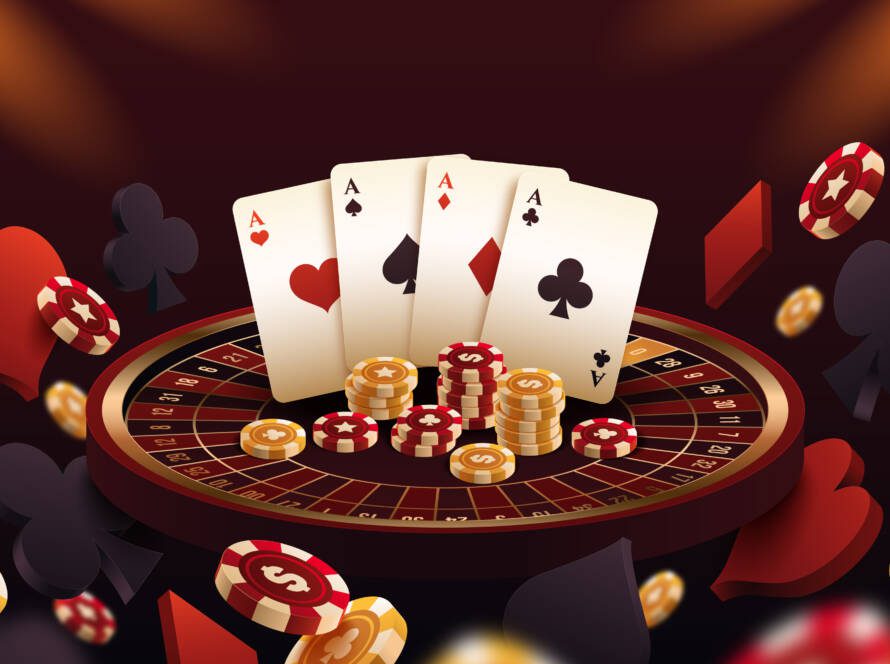What's The Reason? Baccarat Evolution Game Is Everywhere This Year

The Evolution of Baccarat: A Journey Through Time
Baccarat, a game of beauty and simpleness, has an abundant and storied history that spans centuries. From its origins in 15th-century Italy to its existing status as a preferred in both land-based and online casinos, baccarat has undergone considerable changes. This article looks into the evolution of baccarat, exploring its origins, essential turning points, and its adjustment to the digital age.
Origins and Early History
Baccarat is thought to have stemmed in Italy throughout the 1400s. The game was at first understood as "baccara," which indicates "absolutely no" in Italian, referring to the value appointed to all tens and court card. It was later presented to France throughout the reign of Charles VIII, where it ended up being a preferred amongst the nobility. The game's simplicity and the component of possibility made it especially appealing to the French upper class.
In the 19th century, baccarat started to spread to other parts of Europe and ultimately to the United States. However, it remained a game mostly connected with the elite and high-stakes gamblers. The game's popularity in the United States can be traced back to the early 20th century when it was introduced to Las Vegas casinos.
Secret Milestones in Baccarat's Evolution
Intro to the United States
- 1950s: Baccarat was introduced to Las Vegas by casino operators who saw its possible to bring in high-stakes gamblers. The game rapidly became a staple in high-stakes rooms.
- 1960s: The game acquired much more appeal with the introduction of the "mini-baccarat" version, which enabled more gamers to take part and made the game more accessible to a broader audience.
International Expansion
- 1970s-1980s: Baccarat's popularity infect other parts of the world, particularly in Asia. Macau, in particular, became a center for baccarat, with the game becoming a substantial chauffeur of the region's casino market.
- 1990s: The game continued to develop with the introduction of new variants and betting options, making it more enticing to a larger variety of players.
Digital Revolution
- 2000s: The rise of online gambling establishments marked a considerable turning point for baccarat. Online platforms made the game available to a global audience, breaking down geographical barriers.
- 2010s: The arrival of live dealer games, where players can communicate with a genuine dealer via a video stream, brought a brand-new level of credibility and excitement to online baccarat.
Modern Variants of Baccarat
Today, baccarat is available in a number of variants, each with its own distinct rules and betting options. Here are a few of the most popular variants:
- Punto Banco: This is the most common version of baccarat and is played in many gambling establishments. The game is purely based on chance, with the dealer and player hands figured out by a set of guidelines.
- Chemin de Fer: This variation is more tactical and is primarily played in European gambling establishments. Players take turns being the lender, and there is more gamer interaction and decision-making.
- Baccarat Banque: Also referred to as "à deux tableaux," this variation resembles Chemin de Fer however with a fixed banker position.
- Mini-Baccarat: This is a faster-paced version of Punto Banco, usually used a smaller sized table with fewer players. It is more accessible and popular in numerous gambling establishments.
The Future of Baccarat
As innovation continues to advance, the future of baccarat looks appealing. Here are some patterns that are likely to shape the game in the coming years:
- Virtual Reality (VR) and Augmented Reality (AR): These technologies could reinvent the way gamers experience baccarat, offering a more immersive and interactive environment.
- Mobile Gaming: The rise of mobile phones has actually made it much easier for players to gain access to baccarat on the go. Mobile casinos are expected to end up being even more widespread.
- AI and Machine Learning: These innovations could be used to boost the gaming experience, offering customized suggestions and enhancing the fairness and transparency of the game.
Frequently asked questions
Q: What is the origin of baccarat?A: Baccarat is thought to have come from Italy throughout the 1400s and was later presented to France. The game's simpleness and the aspect of opportunity made it particularly appealing to the French aristocracy.
Q: What are the different variations of baccarat?A: The most popular versions of baccarat consist of Punto Banco, Chemin de Fer, Baccarat Banque, and Mini-Baccarat. Each variant has its own special rules and betting alternatives.
Q: How has baccarat developed in time?A: Baccarat has actually evolved from a game mainly played by the elite to an international phenomenon. visit the up coming webpage include its introduction to the United States, the infect Asia, and the rise of online and live dealership games.
Q: What is the future of baccarat?A: The future of baccarat is most likely to be shaped by technological improvements such as virtual truth, augmented reality, mobile gaming, and AI. These technologies will enhance the gaming experience and make baccarat more available to a worldwide audience.
Q: How do I play baccarat?A: Baccarat is a fairly simple game to play. Gamers bank on either the gamer hand, the lender hand, or a tie. The dealership then deals two hands, and the hand closest to 9 wins. The game is based on chance, and the rules for drawing additional cards are predetermined.
Baccarat has come a long way because its inception in 15th-century Italy. From its early days as a game for the elite to its current status as a global phenomenon, baccarat has constantly progressed to fulfill the changing requirements and choices of players. Whether in a land-based casino or an online platform, baccarat stays a game of beauty, simpleness, and enjoyment. As technology continues to advance, the future of baccarat looks brighter than ever, guaranteeing new and innovative methods to enjoy this timeless game.

